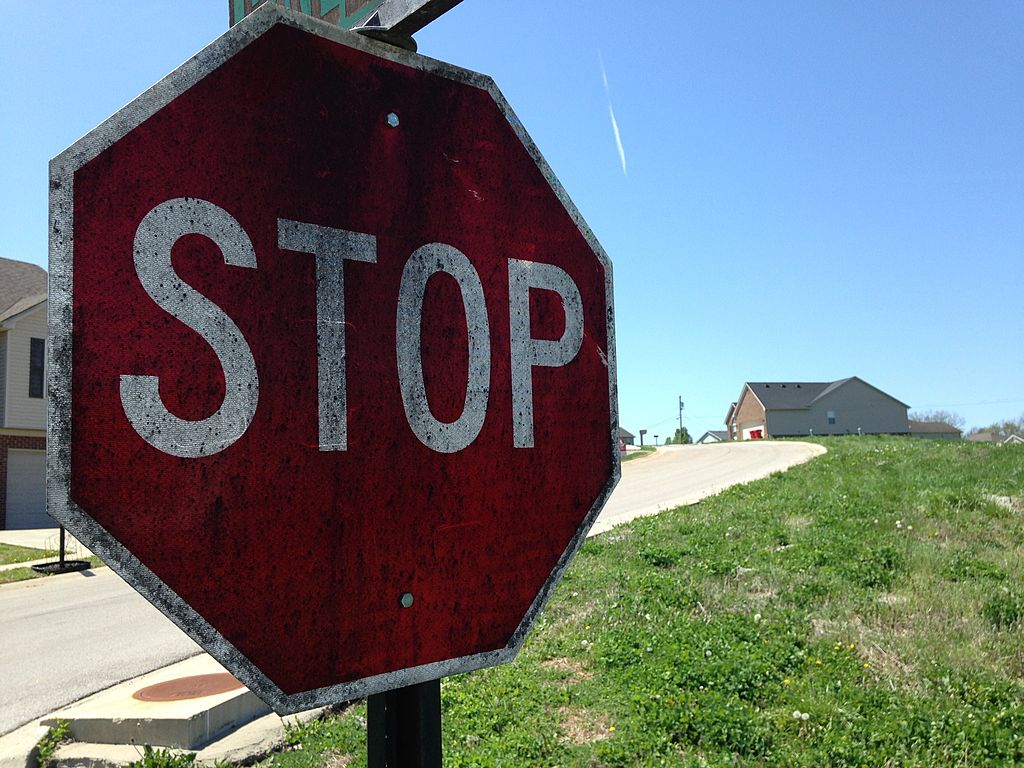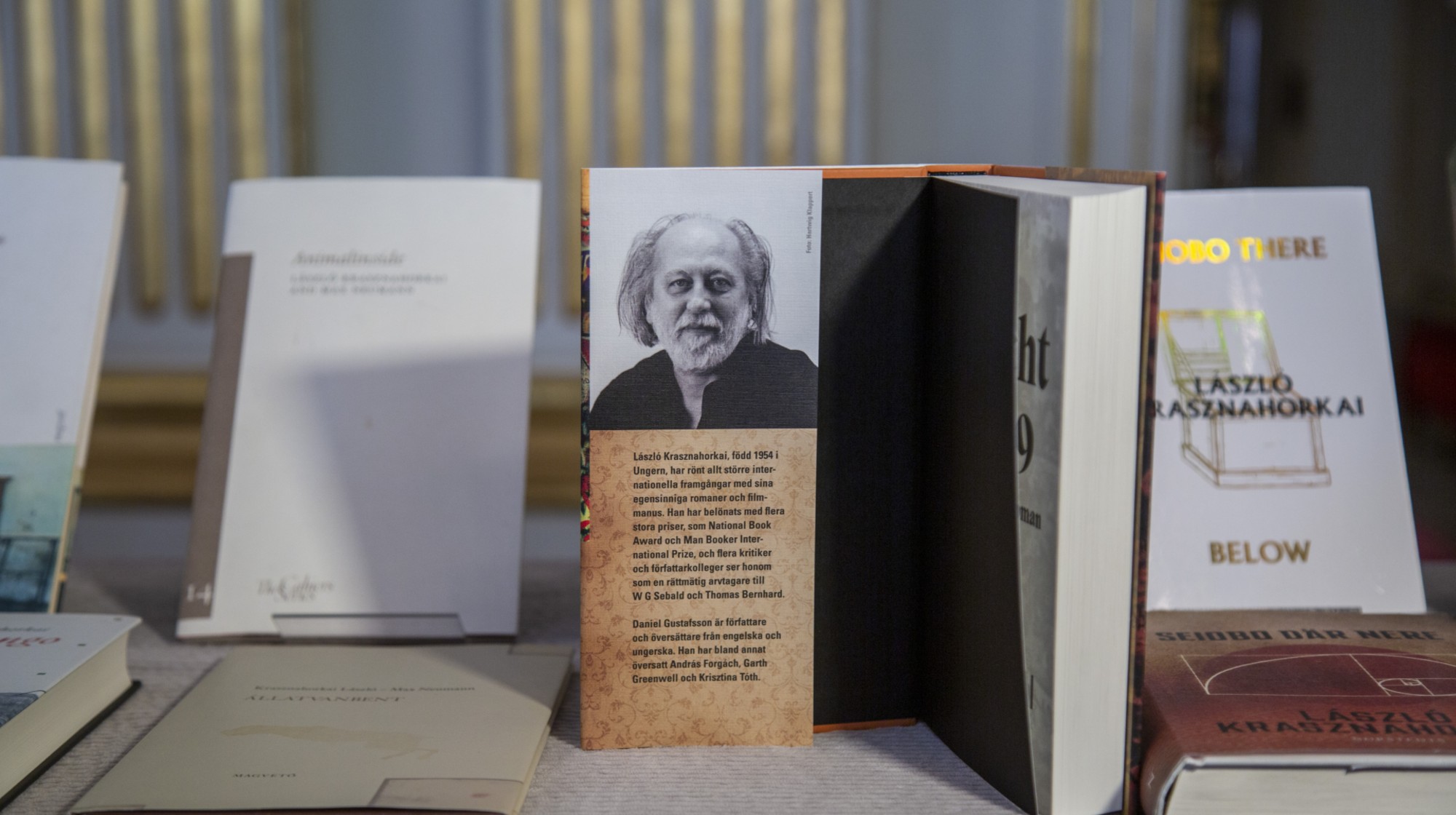Black, sooty whiskey fungus is spreading through bourbon country, pitting homeowners against distilleries

American bourbon is a growing industry, but the resulting spread of warehouses to age all that bourbon has led to another kind of growth: whiskey fungus. The dark, sooty fungus, Baudoinia compniacensis — named after Antonin Baudoin, a French Distillers' Association director who observed a "plague of soot" at Cognac distilleries in the 1870s — feeds off the ethanol vapors, or "angel's share" of whiskey, that escape from aging barrels.
The people who live near the barrelhouses don't love the bourbon-fueled black plague.

"The fungus is pretty destructive," James Scott, a University of Toronto professor who has studied the fungus since 2001, tells The New York Times. "It wrecks patio furniture, house siding, almost any outdoor surface. I've seen trees choked to death by it." It's very hard to kill, he added, but thankfully it doesn't "appear to have a negative impact on human health."
The Week
Escape your echo chamber. Get the facts behind the news, plus analysis from multiple perspectives.

Sign up for The Week's Free Newsletters
From our morning news briefing to a weekly Good News Newsletter, get the best of The Week delivered directly to your inbox.
From our morning news briefing to a weekly Good News Newsletter, get the best of The Week delivered directly to your inbox.
Residents in several Kentucky counties have fought expansion by bourbon makers and sued major distilleries, trying to force the companies to install filtered ventilation to stop the spread of whiskey fungus, the Lexington Herald-Leader reports. Their lawsuits were dismissed. Homeowners in Lincoln County, Tennessee, had slightly better luck.
A Lincoln County judge on Feb. 24 rescinded the building permit for a seventh Jack Daniel's barrelhouse in the county, siding with homeowners Christi and Patrick Long. The Longs say they spend about $10,000 a year power-washing their house with water and Clorox, but they paused the barrelhouse expansion on zoning grounds.

In Kentucky, "if you go on a distillery tour, they proudly reference the angel's share," Jason Holleman, an attorney for Christi Long, told the Herald-Leader. "But the angel's share results in the devil's fungus." He said the fungus wasn't a problem when the barrelhouses were further apart. Jack Daniel, headquartered in neighboring Moore County, got approval in 2018 to build two barrelhouses in Lincoln County. It now has six and has plans to build up to 20.
Jack Daniel representative Donna Willis told county officials in November that 14 barrelhouses would generate $1 million in property taxes for the county of 35,000 residents. She said adding air filters to barrelhouses, as residents demand, could degrade the flavor Jack Daniel's acquires through aging, and suggested residents manage the "nuisance" of whiskey fungus by "having it washed off."
A free daily email with the biggest news stories of the day – and the best features from TheWeek.com
Melvin Keebler, general manager of the Jack Daniel Distillery, said the company "complies with all local, state, and federal regulations regarding the design, construction, and permitting of our barrelhouses," and is "committed to protecting the environment and the safety and health of our employees and neighbors."
Peter has worked as a news and culture writer and editor at The Week since the site's launch in 2008. He covers politics, world affairs, religion and cultural currents. His journalism career began as a copy editor at a financial newswire and has included editorial positions at The New York Times Magazine, Facts on File, and Oregon State University.
-
 Trump’s Greenland threats overshadow Ukraine talks
Trump’s Greenland threats overshadow Ukraine talksSpeed Read The Danish prime minister said Trump’s threats should be taken seriously
-
 Why Greenland has been a US military stronghold since the Second World War
Why Greenland has been a US military stronghold since the Second World WarIn Depth American interest in acquiring Greenland is rooted in decades of military and economic strategy
-
 What would a UK deployment to Ukraine look like?
What would a UK deployment to Ukraine look like?Today's Big Question Security agreement commits British and French forces in event of ceasefire
-
 ‘One Battle After Another’ wins Critics Choice honors
‘One Battle After Another’ wins Critics Choice honorsSpeed Read Paul Thomas Anderson’s latest film, which stars Leonardo DiCaprio, won best picture at the 31st Critics Choice Awards
-
 Let these comedians help you laugh your way through winter
Let these comedians help you laugh your way through winterThe Week Recommends Get some laughs from Nate Bargatze, Josh Johnson and more
-
 Son arrested over killing of Rob and Michele Reiner
Son arrested over killing of Rob and Michele ReinerSpeed Read Nick, the 32-year-old son of Hollywood director Rob Reiner, has been booked for the murder of his parents
-
 Rob Reiner, wife dead in ‘apparent homicide’
Rob Reiner, wife dead in ‘apparent homicide’speed read The Reiners, found in their Los Angeles home, ‘had injuries consistent with being stabbed’
-
 Disney bets big on AI, but not everyone sees a winner
Disney bets big on AI, but not everyone sees a winnerTalking Points The company will allow users to create their own AI content on Disney+
-
 Hungary’s Krasznahorkai wins Nobel for literature
Hungary’s Krasznahorkai wins Nobel for literatureSpeed Read László Krasznahorkai is the author of acclaimed novels like ‘The Melancholy of Resistance’ and ‘Satantango’
-
 Primatologist Jane Goodall dies at 91
Primatologist Jane Goodall dies at 91Speed Read She rose to fame following her groundbreaking field research with chimpanzees
-
 Florida erases rainbow crosswalk at Pulse nightclub
Florida erases rainbow crosswalk at Pulse nightclubSpeed Read The colorful crosswalk was outside the former LGBTQ nightclub where 49 people were killed in a 2016 shooting
